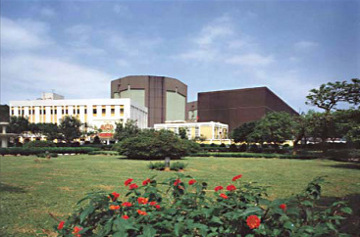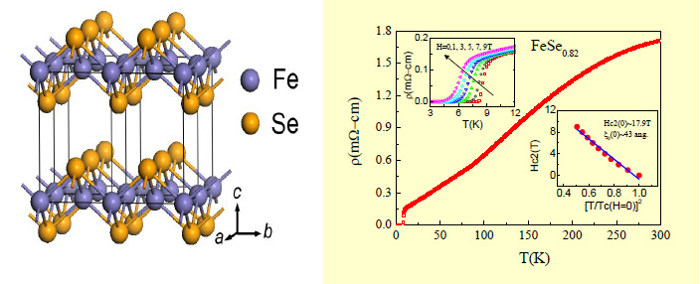Director's Corner
6 August 2009
 Barry Barish |
Particle Physics at Academia Sinica in Taiwan
As a global effort, we are committed to integrating particle physicists from the worldwide community into the ILC physics detector and accelerator design efforts, as well as developing institutional roles for countries that have a significant particle physics programme. Last month, I had the opportunity to spend time at the Academia Sinica in Taiwan where I chaired a review of their Institute of Physics, which has an impressive high-energy physics programme. Although Taiwan is not yet a main contributor to the ILC, I am confident that such an involvement both for Taiwanese universities and Academia Sinica will naturally evolve because of their strong particle physics programmes.
Academia Sinica is a very large academic research institution consisting of 24 institutes and seven research centres covering mathematics and physical sciences, life sciences, and humanities and social sciences. Last month's event was a periodic five-year review of their entire programme in mathematics and physical sciences. The Institute of Physics currently has 43 research Principle Investigators with research focused in three areas: nanoscience, complex systems, and medium and high-energy physics.
The complexity group studies a very large range of phenomena by investigating the relationships between basic physics and the emergence of complex phenomena ranging from planetary to atomic scales. The Taiwan programme is centered on biological physics, soft matter physics and non-linear dynamics. They have developed new techniques for studying neurons and heart cell dynamics. As an example of complex systems, they are studying macroscopic scale phenomena such as the flocking of birds, where they have developed models that simulate that system and other large-scale complex systems. By means of simulations, they characterise the convective flow inside the flock and obtain phase diagrams that successfully reproduce marching, rotating, etc., and observe localised steady-state conditions.
Taiwan has a very advanced ability in micro-electronics and building precision technical devices. They built on those abilities in the research programmes at Academia Sinica where they singled-out nanoscience as an area of special emphasis, including a large effort in the physics institute. A highlight of the physics programme has been the discovery of iron selenide, an iron-based superconductor.
Scientists and researchers at Academia Sinica have also developed such advanced techniques as pyramidal single-atom tips, which promise to advance the frontiers of electron microscopy and could have a large technological impact. They have also developed phase contrast X-ray microscopy and tomography, including the design and fabrication of the phase plate for microscopy for nano and biological imaging. Again, this could have potentially large technological impacts for biomedical applications.
Closer to our particular interests for the ILC, Academia Sinica has a strong particle physics group who have been very important contributors to the design and implementation of the Alpha Magnetic Spectrometer (AMS), a magnetic spectrometer for the International Space Station to study high-energy (1012 eV) cosmic rays. The construction of AMS is complete and it is scheduled to be launched in about one year. The Academia Sinica group had major responsibilities in AMS, which include the design and construction of electronics and thermal systems, power distribution, the magnet quench protection system and the on-board computer.
The Taiwan group is also very active at the forefront of particle physics in high-energy collider experiments, where they have been long-term collaborators on CDF at Fermilab and are deeply involved in preparations for the ATLAS experiment for LHC. For ATLAS, they have built the optical modules for the silicon tracker, along with the liquid argon and tile calorimeters. They have also implemented in Taiwan the only Asian Tier 1 data center to analyse LHC data and are actively involved in preparations for data analysis.
 Kuo-sheng Nuclear Power Plant where scientists from Taiwan and mainland China are performing low-energy neutrino experiments Kuo-sheng Nuclear Power Plant where scientists from Taiwan and mainland China are performing low-energy neutrino experiments |
Finally, Academia Sinica has a low-energy neutrino and dark matter programme, TEXONO, based mainly at the Kuo-Sheng Reactor in Taiwan. They have produced the best laboratory limits on the neutrino magnetic moment and have measured neutrino electron cross sections at low energies. The long-term plans of this group include participation in the new deep underground laboratory which will begin construction in Sichuan, China.
Particle physics is truly a global enterprise and it is becoming even more so with the large collaborations that have formed for LHC and that are forming in preparation for the next-generation linear collider. A group like that at Academia Sinica in Taiwan brings its special skills and talents to the forefront of high-energy physics experiments in such large collaborations, and for Academia Sinica it has the extra benefit of their being part of the larger international community.
-- Barry Barish


